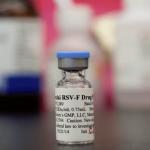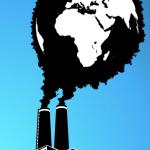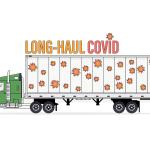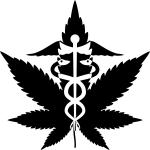Let’s begin with the widely reported study in the American Journal of Clinical Nutrition on the role of a daily multivitamin in enhancing memory, specifically word recall.
Disease
The MMWR reports on a “typical” portion of American society, blood donors; their donation provides a sample of the “seroprevalence” of COVID-19 based on the presence of antibodies.
It is not every day that drug development results in a breakthrough with the potential to eliminate an often serious and sometimes fatal disease, but one of those days occurred early last month.
The strongest evidence that high pollution levels can accelerate mortality came from the Great London Fog of 1952. [1] This association was confirmed by experimental evidence:
Here are the Times' suggestions:
1. “Your gums should not bleed when you floss”
Dogs can sniff out all sorts of things, as every dog owner knows. At the dog park, Cracker, my Bedlington Terrier, unfailingly finds all the dog owners who have treats in their pockets.
Have you ever noticed that when you misplace something, it is always found in the last place you look? Of course, that is because you then stop looking. Psychologists have a term for similar intellectual behavior, confirmation bias.
A recent article in the prestigious New England Journal of Medicine called attention to the urgent need for research and initiatives to address the syndrome known as post-ac
Despite the scare tactics of “Reefer Madness” and Harry Anslinger, the “OG” warrior of the federal Bureau of Narcotics, cannabis in the 60s and 70s was not considered a “drug of dependence,












